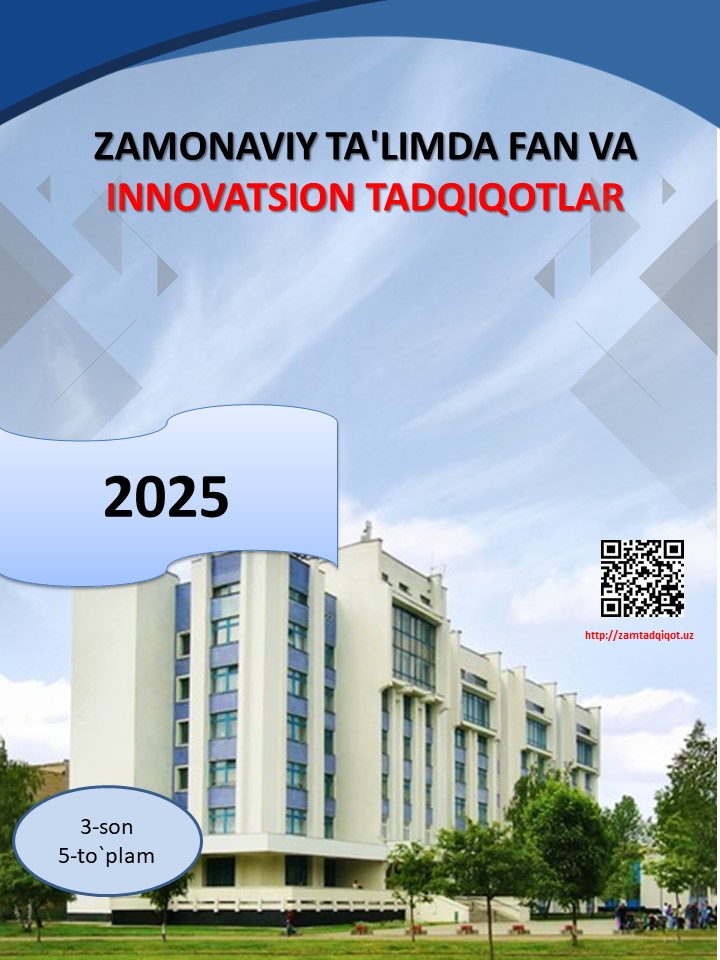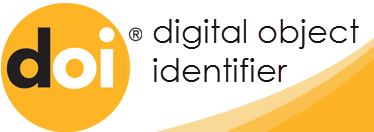ACCESS TO LEARNING MATERIALS AND RESOURCES
Abstract
Access to quality learning materials and resources is fundamental to equitable and effective education. In many regions, especially in developing countries, students face significant barriers in acquiring necessary textbooks, digital tools, and supplementary materials. This study explores the current state of accessibility to educational resources, the impact of unequal access on learning outcomes, and the strategies employed to overcome these challenges. Drawing on a combination of literature review and interviews with educators and students, the research highlights disparities in resource distribution and the growing importance of digital materials. The findings underscore the urgent need for policy reforms, technological investments, and inclusive educational planning to ensure that every learner has the tools necessary to succeed.
References
1.UNESCO. (2020). Global Education Monitoring Report 2020: Inclusion and education – All means all. Paris: UNESCO.
2. World Bank. (2018). Learning to Realize Education’s Promise. Washington, DC
3. Trucano, M. (2015). ICT in education in developing countries: Lessons learned and challenges ahead. World Bank Blogs.
4. Altbach, P. G., & Kelly, G. P. (2011). Textbooks and Education in the Developing World: Economic and Pedagogical Choices. Comparative Education Review, 55(3), 345-362.
5. Anderson, T., & Dron, J. (2014). Teaching Crowds: Learning and Social Media. Athabasca University Press.
6. Kozma, R. B. (2005). National policies that connect ICT-based education reform to economic and social development. Human Technology, 1(2), 117–156.
7. Sälzer, C., & Prenzel, M. (2014). Educational equity and quality in learning outcomes: The case of Germany. European Journal of Education, 49(4), 435–447






